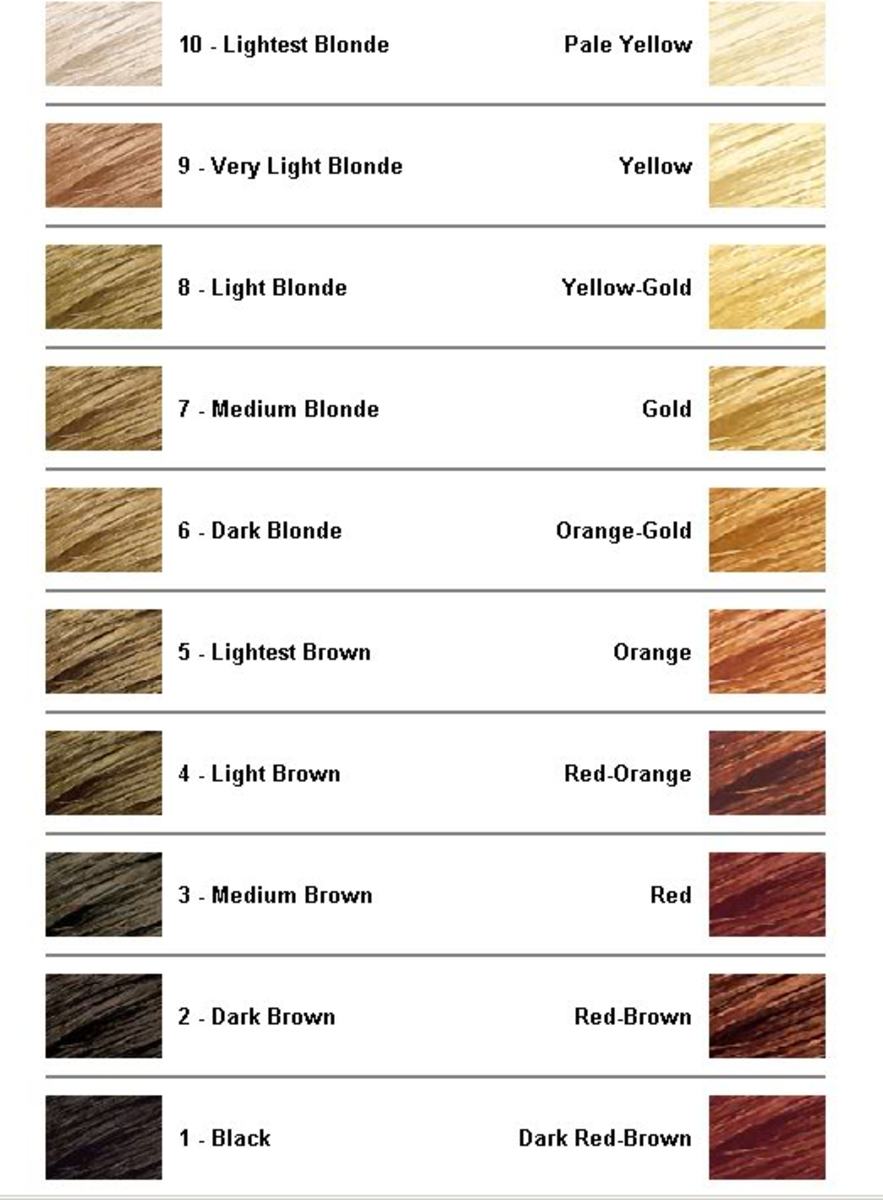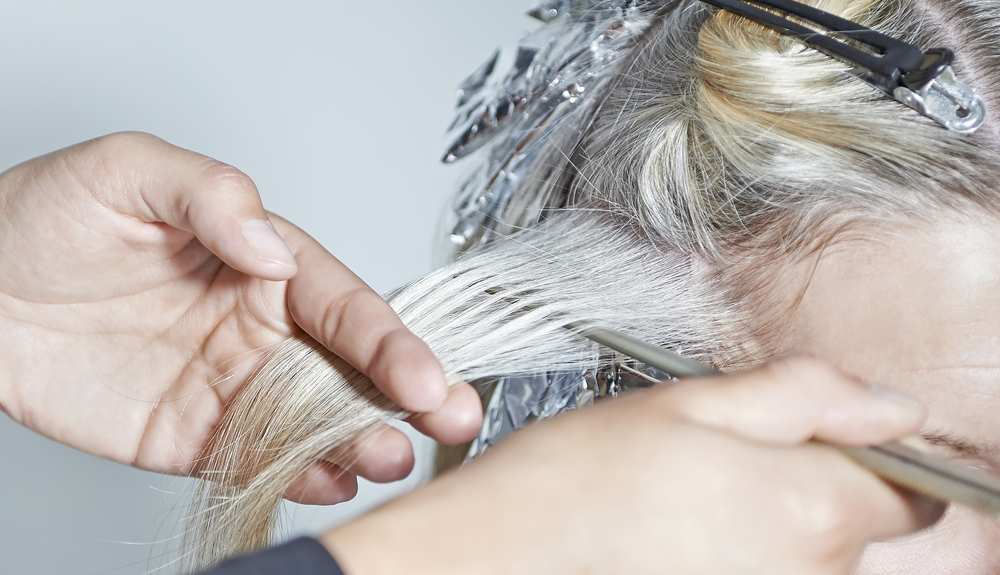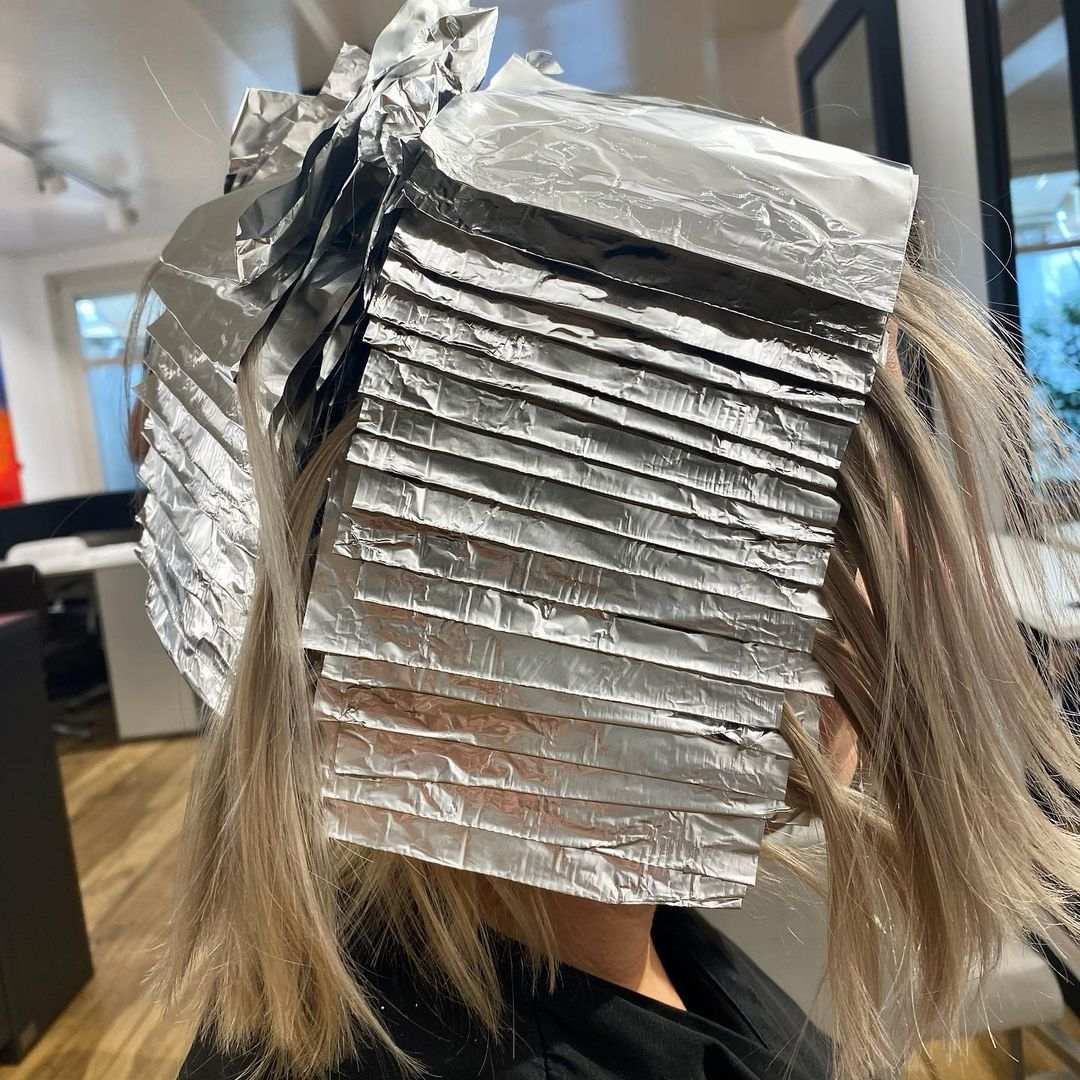Table Of Content

There are different shades of hair from blonde, black, brunette, brown, and redheads. If you’re starting with dark brown or black strands, you’ll likely need to leave the bleach on your hair for longer to achieve the lightness you crave. Moreover, such shades may need more than one bleaching session to get to their intended lightness. To make your at-home bleach journey a bit easier, we’ve consulted a few experts to help you achieve healthy-looking blonde strands. We’ve also made sure to feature a number of hair care products that you’ll need in the process, including bleaching kits, shampoos, and leave-in creams.
Pros/cons of bleaching at home vs. a professional salon
One way to prevent damage is to bleach just your roots instead of your whole head. "The roots are virgin hair that has not been chemically-treated," she explains. It also includes an anti-brass purple conditioner that minimizes brass with each use while conditioning and reinforcing care for strong hair.
16 Best Deep Conditioners for Dry Hair (Tested & Reviewed 2024) - Cosmopolitan
16 Best Deep Conditioners for Dry Hair (Tested & Reviewed .
Posted: Wed, 09 Aug 2023 07:00:00 GMT [source]
Can You Dye Your Hair When It’s Greasy – Plus Tips
Also if your hair is thick and coarse, it will take a full thirty minutes; while blonde or fine hair takes shorter stints. If you have colored your hair previously, it may shorten the duration again. Hence why keeping an eye on your hair as it processes is very important to minimize exposure times and subsequent hair and scalp damage.
Step 3: Mix your lightener and developer
You realize you’ve missed a few spots, didn’t achieve the level of lift you wanted, or ended up with super-warm tones (like red, orange, or yellow) showing through. Any damage done during the first bleaching session will be compounded by a second round. Hydrogen peroxide, one of the active ingredients in most developers, literally pries open the cuticle scales or plates that make up the outer layer of your hair. Once those little scales are lifted up, the bleach can make its way into the hair shaft and start oxidizing the melanin pigments in your strands. To ensure that you don’t overprocess your hair or leave the bleach on for too little time, you should check the bleach’s progress every 5 minutes or so.
4.Liquid / Creme Developer – This type comes in a solution that you must mix with either peroxide or developer cream before applying it to your hair. You can also use creme developer on its own if you are already light blonde but want lighter hair without too much damage. (This doesn’t work well on dark hair because it does not contain enough hydrogen peroxide for the job). Generally, the bleaching process plays a vital role in achieving a nice hair look. You don’t let it sit longer than recommended time on the pack, and you can get the hair shade you’re dreaming of. Remember that different hair types decide the amount of time of placing the chemicals.
Use deep conditioning treatments.
Set timers and periodically look at your hair to see how it’s lightening and whether it needs more time. Another option is to do a test strand before you bleach your entire head. This way, you can get an idea of how your mane handles bleach and how long it takes to lighten without experimenting on your whole head.
One way to do this is by shampooing less to give the scalp some time to produce natural oils and let the oils seep through the hair shaft and seal the lifted cuticles. On the other hand, you can bleach darker hair for up to 30 minutes. If you already have blonde hair, 15 to 20 minutes is enough for bleaching.
So even though the hair isn’t getting lifted anymore, the mixture can adversely affect your hair causing dryness, hair breakage, and split ends. Your hair goals will determine if one bleaching session is enough or you need a series of them. Also, if you simply want a subtle change then less time would be needed rather than the entire 30 to 45 minutes that lifts the hair two to three shades lighter. There’s no textbook time as to how long to leave bleach in hair. However, the rule of thumb is the higher the volume(40/50) the shorter bleach should remain in the hair.
Should I Bleach at Home or Go to a Salon?
This stage is the most commonly achieved color when you bleach using a 30-volume developer on dark hair. Unfortunately, if you’re planning to transform your dark hair, you can’t just dye it a lighter color. Bleaching without knowing how long to leave bleach in hair will compromise the keratin levels in your hair. If your hair loses Keratin it makes the hair brittle and difficult to manage.
Once you evenly saturate every section of hair with bleach, sweep it onto your roots last. Understanding how to bleach your hair properly, picking the right products, and curating a reparative haircare routine can all help lessen the negative effects. Stay watchful and be precise with your timing when you bleach. Going even one minute over the suggested processing time can be the difference between ending up with healthy, lightened hair and straw-like, damaged hair.
It’s because you want to avoid over-moisturizing your locks or having protein overload. What you need for healthy hair is a balance of moisture and protein. That’s why you should take good care of your after you bleach it to help return it to a healthy state. In this stage, the dark pigments are removed, but not the red and yellow pigments. In the hair styling world, oxidization is also called lifting.

Slip on your protective gloves and thoroughly shampoo your hair with lukewarm water to remove every last trace of bleach. Most kits come with an extra nourishing conditioner, but you can also reach for a product like the L’Oréal Paris EverPure Sulfate-Free Bond Strengthening Conditioner. Pair it with the corresponding shampoo; together, the fortifying line can help strengthen hair from the inside out—perfect for repairing bleached locks. If possible, bleach your hair in a well-lit and well-ventilated area.

No comments:
Post a Comment